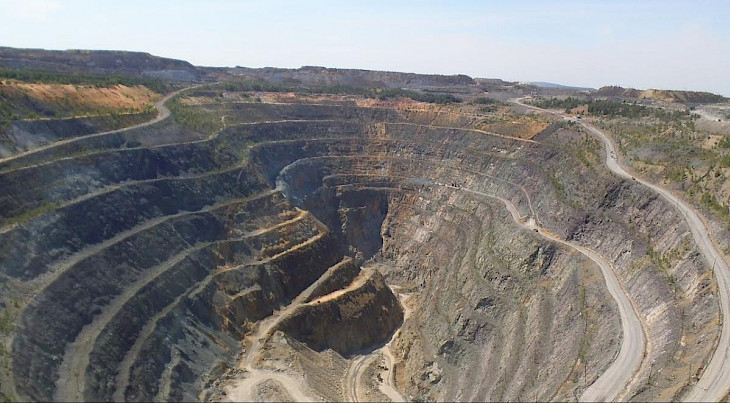The global appetite for critical minerals and rare earths is skyrocketing, according to a report issued by the International Energy Agency. China is the dominant player in terms of mining and refining, but Kazakhstan is the world’s leading producer of uranium, while Uzbekistan is expanding exports of uranium, copper and other rare earths, Eurasianet.org reports.
The IEA’s Global Critical Minerals Outlook 2025 notes that global demand for lithium increased by 30 percent in 2024 over the previous year’s total. Other minerals used in the production of electric vehicles, batteries and renewables, including cobalt, nickel and rare earths, also registered strong growth in demand.
The report indicated that the Russia-Ukraine war, namely the ongoing “geopolitical tension” clouding Russian trade, helped Kazakhstan boost uranium exports despite “operational hurdles.” Meanwhile, the IEA touted an Uzbek deal with the United States covering critical minerals, even though details of the arrangement have not been released.
Kazakhstan could significantly increase its earnings in coming years, if claims made by Astana in April about the discovery of major rare earths deposits prove accurate.
Over the past two years, China has been “the single largest contributor to demand growth,” according to the IEA. At the same time, Beijing is the world’s foremost supplier of rare earths. The report states that China is the leading refiner for 19 out of 20 strategic minerals examined in the report.
China’s market dominance could have potentially troubling ramifications for the global economy as technologies evolve, the IEA report indicates.
“Emerging battery technologies are challenging the incumbent nickel-based lithium-ion batteries, and these are not immune to high supply concentration and volume risks,” the report cautions.
“The supply chains for these [emerging] technologies are significantly more concentrated than those for nickel-based batteries,” it adds. “China produces 75 percent of the world’s purified phosphoric acid, essential for lithium iron phosphate batteries, and 95 percent of high-purity manganese sulphate, a key input for manganese-rich and sodium-ion battery chemistries.”
CentralasianLIGHT.org
May 28, 2025

